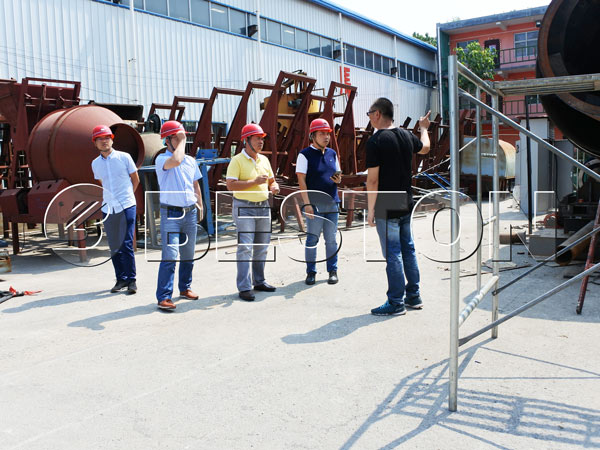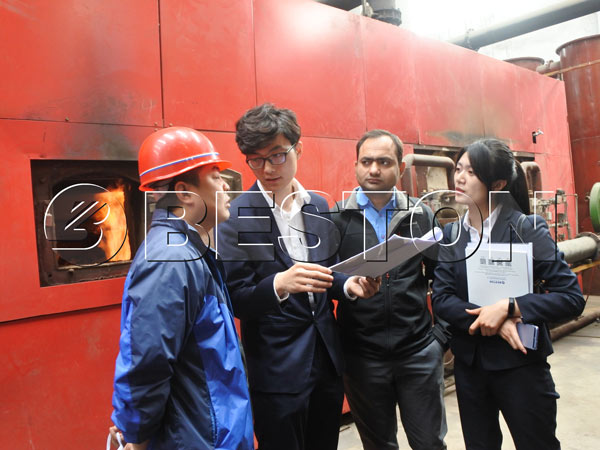Wood Vinegar and Tar Is Produced in Biomass Carbonization Machine Process
The Biomass Carbonization Machine adopts technology for treating waste that disposes of biomass waste in an economical and environmentally-friendly manner. For instance, rice husks, wood coconut shells, wood chips, plant materials such as vines and lawn clippings, sewage sludge, palm shells, and much more.
These processes involve high-temperature pyrolysis gases, carbon enrichments, along with sulfur emission. Carbonization involving biomass is able to produce charcoal and other forms of by-products. Read the following information from many excellent biochar making machine for sale manufacturers.

Application Fields
• Forestry and agriculture. The waste from forestry and agricultural applications such as coconut shells, sawdust, rural plant vines, along with a range of other forms of biomass materials.
• Municipal waste treatment which includes solids and sludge waste.
• Industrial paper producing fields.
• Soil Improvement products
The combustible gas that is produced in these processes is recycled and then used by the burner as a fuel. The combustion device comes equipped with an electronic ignition device, pressure-relief valves, and a pressure gauge.
These machines are designed in a durable casing also known as the protection shell which provides optimal protection to the operators and prevents the risks of burns due to the extremely high temperatures produced.

The Process Description
The crushed biomass materials are sent into a silo using a forklift, where these materials travel to the quantitative feed using a conveyor-belt that feeds the materials directly into a furnace. Combustible gases that are generated from the process of carbonization enters a cyclone and then into a condensation-analyzer system. From here the gas undergoes purification inside the Spray Dust Collector. Wood vinegar and tar is produced in this process where it is sent to the exterior of this rice husk charcoal machine for sale through the draft fan. These gases then supply a continuous source of heat for carbonization. The biomass waste in the furnace turns into charcoal, while the generated tar and the wood vinegar can then be packaged and sold in the form of chemical-based raw materials.
Specialiazed Carbonizer Design
These Biomass carbonizing furnaces adopt double-layer, multi-passage design. This is primarily made up of the carbonizing machine, the dryer and additional auxiliary equipment. These parts include a drying rack, flash streaming,carbonizing, a variety of feeding processes,discharging, exhaust-gas recycling, cooling,gasification furnace, the wet-dust catcher along with associated pipes that support each of these processes. Click here to know more about Beston Company.
After this 3rd process of optimized heat usage, the emission gases will drop to a temperature of below 100 centigrade. This overall heat-use ratio for this type of equipment is typically over 85%.